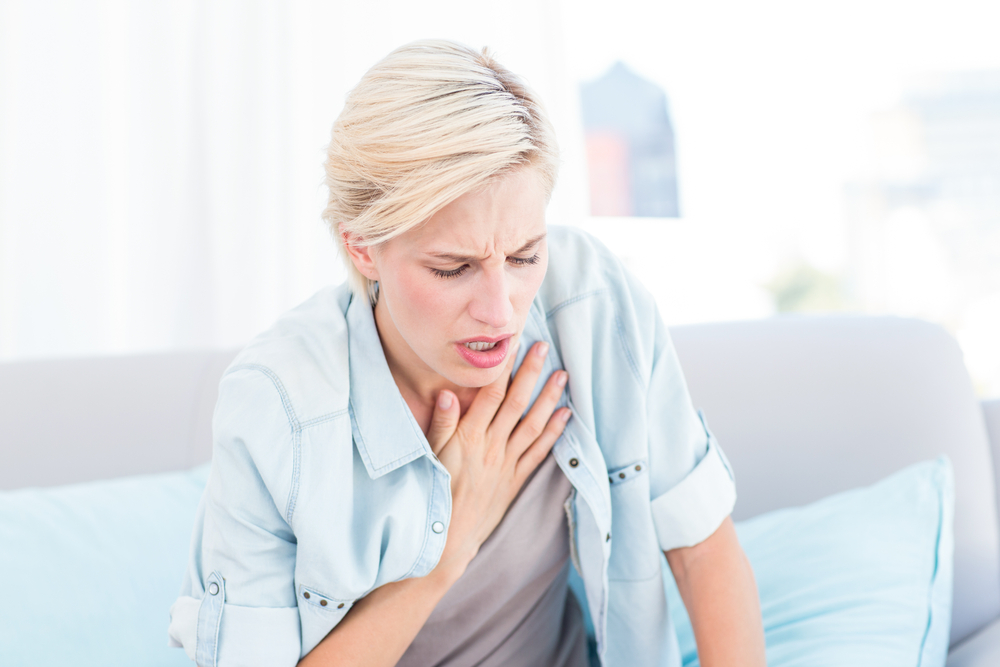Breathing difficulty or shortness of breath (also known as dyspnea) is a distressing sensation that makes breathing requires more effort than usual. The sensation is often described by people as an intense tightening in the chest, so-called “air hunger,” and a feeling of panic and suffocation at its worst.
Dyspnea is mainly caused by chronic cardiopulmonary conditions such as:
- Asthma
- Heart Disease
- Chronic Obstructive Pulmonary Disease
- Psychological Conditions that Cause Anxiety and Panic Attacks
Other causes of shortness of breath include:
- Obesity- This puts excess pressure on the lungs.
- Deconditioning or Lack of Fitness- This means your blood doesn’t extract oxygen efficiently and you tire quickly.
- Heart Rhythm Problems- Like an irregular heartbeat (Atrial Fibrillation). In this condition, the heart work less well and oxygen isn’t pump properly around the body. This would exert more effort and rapid breathing to get more oxygen into your lungs.
- Anemia
- Sudden Blood Loss
- Interstitial Lung Disease
- Low Blood Pressure (Hypotension)
- High Elevation- Altitudes above 4,000 feet can lower oxygen in your blood. This can cause light-headedness as well as nausea.
- Some Medications- In rare cases, medicines such as beta-blockers or Aspirin may cause breathlessness if you have Asthma.
- Allergies (such as to Mold, Dander, or Pollen)
- Extreme Physical Activity


